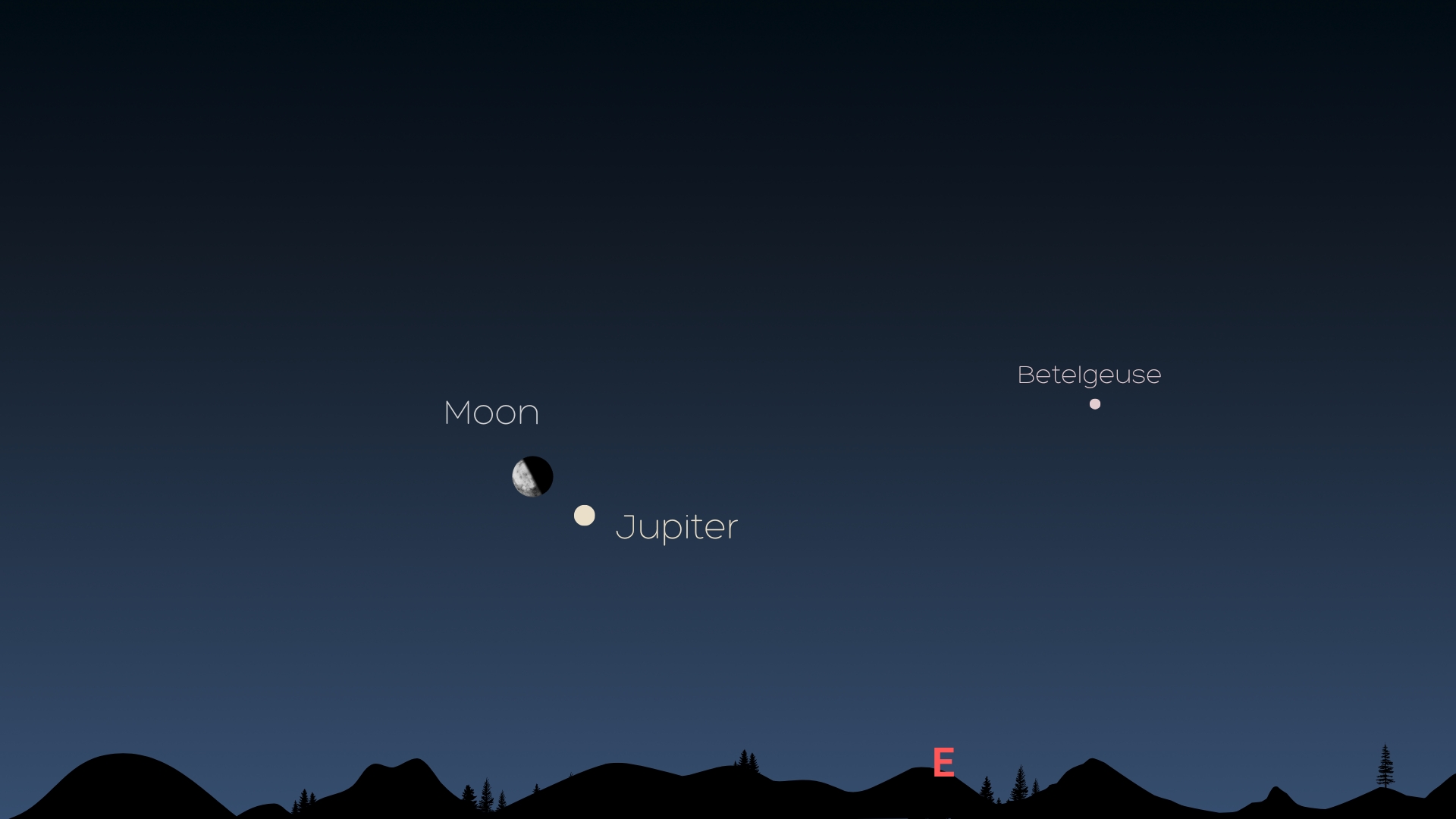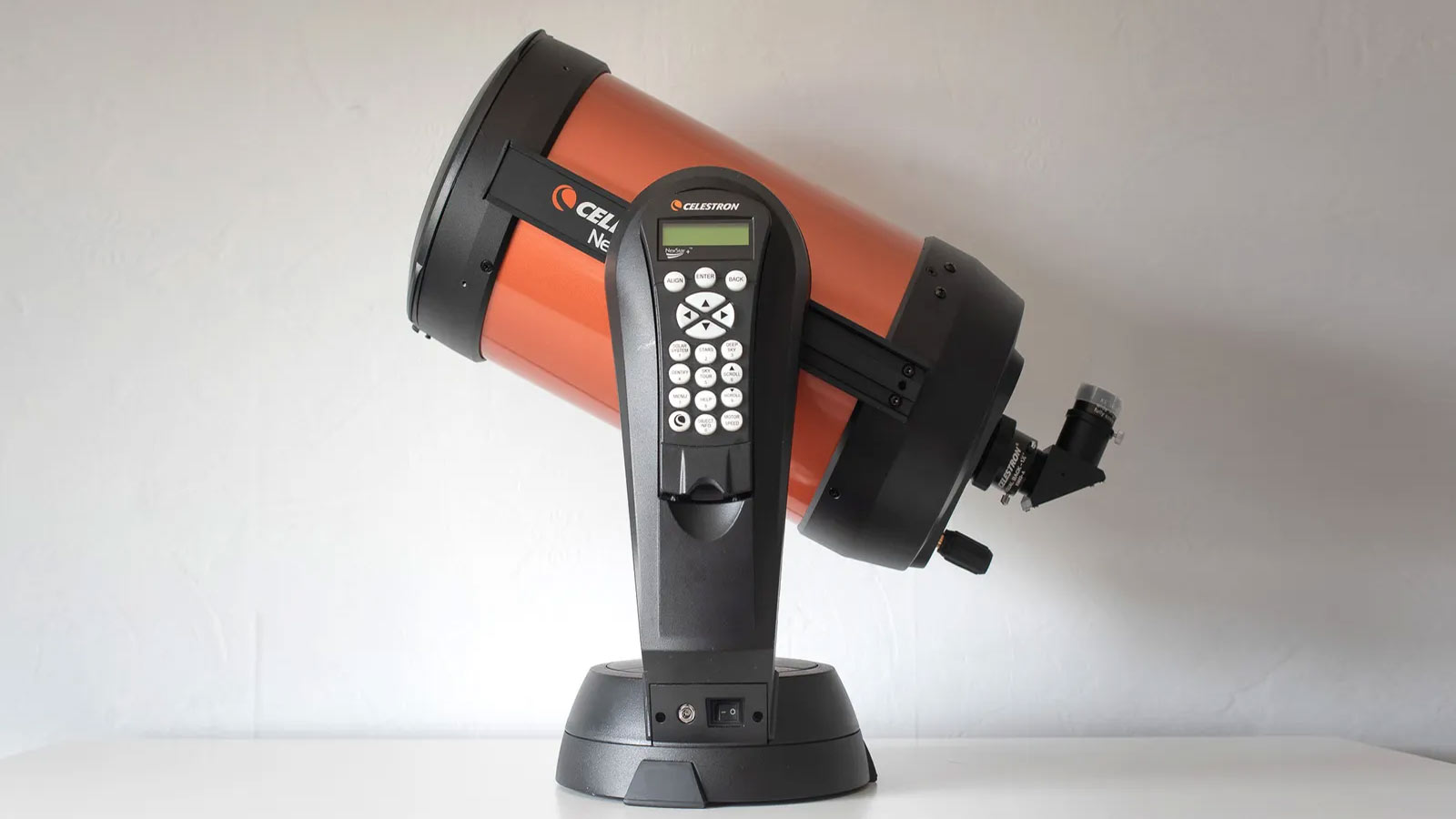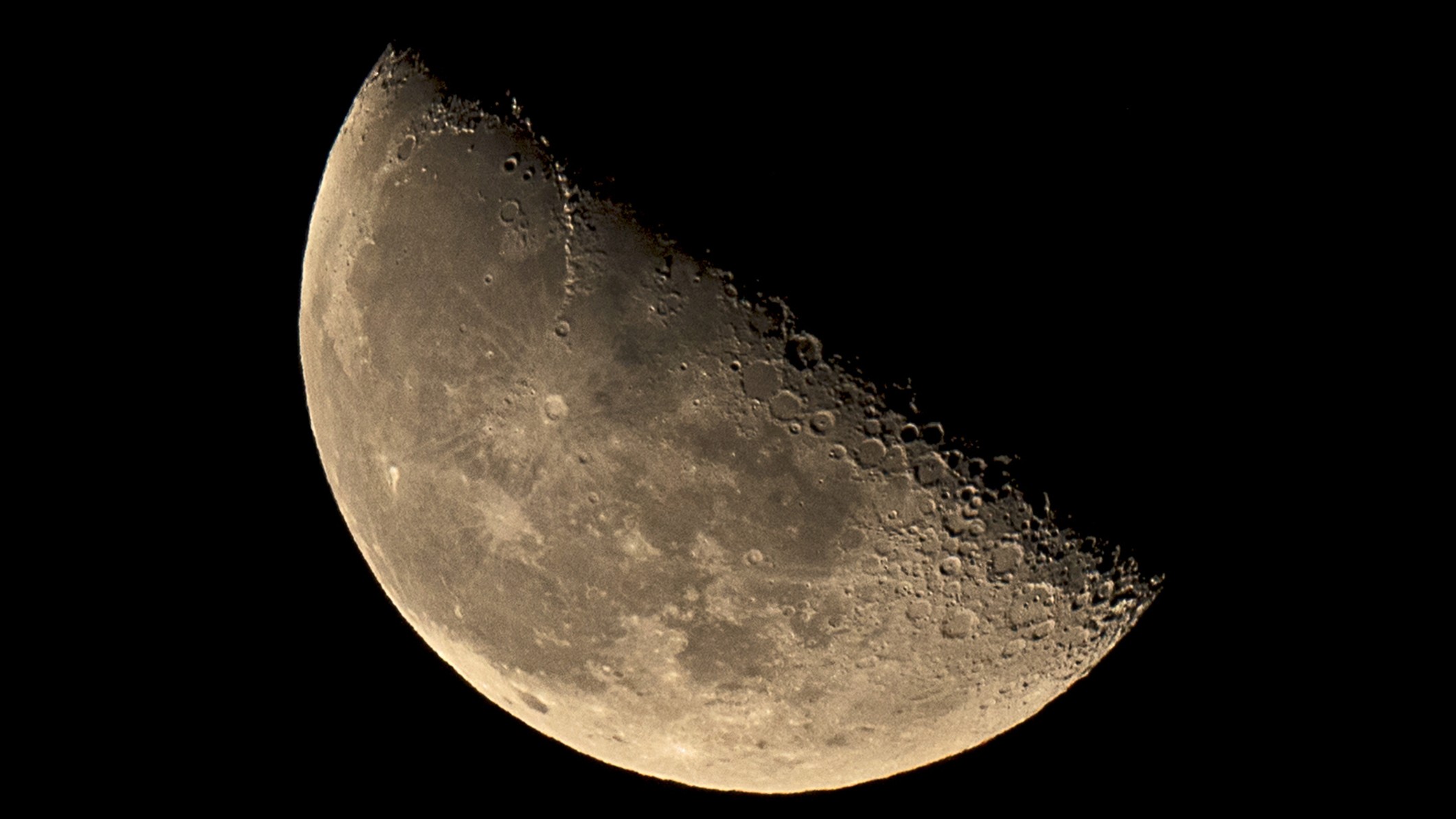A remarkable sight is set to appear in the eastern sky for those awake late Monday, October 13, or in the predawn hours of Tuesday, October 14.
Stargazers will have an opportunity to observe a striking celestial pairing just before local midnight. The moon, having recently passed its last quarter phase, is expected to emerge over the east-northeastern horizon. Positioned approximately six degrees to its right will be Jupiter, the solar system’s largest planet, shining brightly beside our lunar companion.
To gauge the apparent distance between celestial objects, one can utilize a simple method: extend a clenched fist at arm’s length, which spans approximately 10 degrees in the sky. By this measure, the Moon and Jupiter will appear separated by a little more than half of a fist’s width. This close proximity, however, is a mere optical illusion. While the Moon orbits Earth at a distance of only 235,000 miles (378,000 kilometers), Jupiter resides vastly farther away at 477 million miles (768 million kilometers), placing it more than 2,000 times deeper into space than our planet’s natural satellite.

Jupiter stands out as a prime celestial target for stargazers this fall and well into the upcoming winter season, second only to the brilliant Venus. Currently, however, Venus is exclusively a morning spectacle, appearing only at dawn and presenting as a mere point of light through telescopes. This leaves Jupiter as the undisputed stellar attraction during the late evening and predawn morning hours.
Observers can spot the gas giant shimmering just above the east-northeast horizon by 11:40 p.m. local daylight time. However, it will not ascend to an optimal viewing altitude of 30 degrees — roughly one-third of the way up from the horizon — until approximately 2:30 a.m. This elevation is often considered the dividing line between objects positioned “low” in the sky and those “well placed” for clearer observation. Due to Earth’s typically turbulent atmosphere, achieving sharp telescopic views is seldom possible until an object reaches this critical 30-degree elevation.
Jupiter is currently located within the constellation Gemini, the Twins, positioned near Kappa Geminorum, the star that marks the right hand of Pollux. Notably, Gemini is also where the ecliptic – the apparent path of the sun, moon, and planets – reaches its farthest northern point. This celestial alignment provides a distinct advantage for observers in the Northern Hemisphere: planets situated further north remain visible above the horizon for extended periods and appear higher in the southern sky.
As Jupiter ascends to its highest point in the southern sky, typically aligning with local sunrise, its visible altitude will vary across different regions. For observers in Portland, Oregon, and the Minneapolis/St. Paul metropolitan area, the planet will appear approximately 65 degrees above the horizon. Further east and west, residents of Salt Lake City and Philadelphia will witness Jupiter at a slightly higher elevation of around 70 degrees. Moving south, the view becomes more prominent: Houston and New Orleans will see the gas giant reach an impressive 80 degrees. Those in Brownsville, Texas, and the Florida Keys will experience Jupiter almost directly overhead, at roughly 85 degrees.

Jupiter remains a consistently captivating spectacle when viewed through a telescope. Its vast atmosphere reveals distinct light and dark cloud belts, running parallel to the equator and undergoing slow, continuous evolution. Meanwhile, the planet’s iconic Great Red Spot is not only observed to be contracting in size but also exhibits a peculiar “wobbling” motion, often likened to a bowl of jelly. This colossal storm undergoes dynamic fluctuations, visibly changing shape as it squeezes and expands. Once expansive enough to envelop two to three Earths, the Great Red Spot’s current dimensions now approximate that of a single Earth.
Stargazers can look forward to a captivating display from Jupiter’s four Galilean moons. From late Monday night into Tuesday morning, all four of these prominent satellites will be readily visible through steadily-held binoculars or a telescope. During this viewing window, Callisto, Europa, and Io will appear aligned on one side of the gas giant, with Ganymede positioned alone on the opposing side.
North American skywatchers are anticipating one of 2026’s premier celestial events: a rare occultation of Jupiter by the Moon. On the morning of October 6, a waning crescent Moon, just four days shy of its new phase, will pass directly in front of the gas giant, briefly obscuring it from view. This spectacular alignment will be visible across much of the continent, offering a dramatic astronomical highlight.

A rare celestial event, a nighttime occultation of Jupiter by the Moon, is poised to captivate sky-watchers across a significant portion of eastern and central North America. Such nocturnal alignments are remarkably infrequent for any given location; for instance, many U.S. observers last witnessed a similar spectacle in December 2004. The sheer visual appeal of a crescent moon gracefully obscuring the brilliant planet Jupiter, coupled with the opportunity to observe Jupiter’s Galilean satellites through binoculars or telescopes, is expected to position this 2026 phenomenon as a top-tier astronomical highlight.
A key date is fast approaching and should be prominently noted.
Guidance is available for those seeking telescopes suitable for deep space observation, including for viewing Jupiter. Additionally, an introductory guide to astrophotography offers comprehensive information for beginners, encompassing equipment choices and various shooting techniques.
Joe Rao, an astronomer, serves as both an instructor and guest lecturer at New York’s Hayden Planetarium. His writings on astronomy are featured in Natural History magazine, Sky and Telescope, and other publications.
Space.com invites readers to submit their photographs capturing Jupiter and the moon. Those wishing to share their celestial images with the publication’s audience can send their photo(s), any accompanying comments, their name, and location to spacephotos@space.com.







